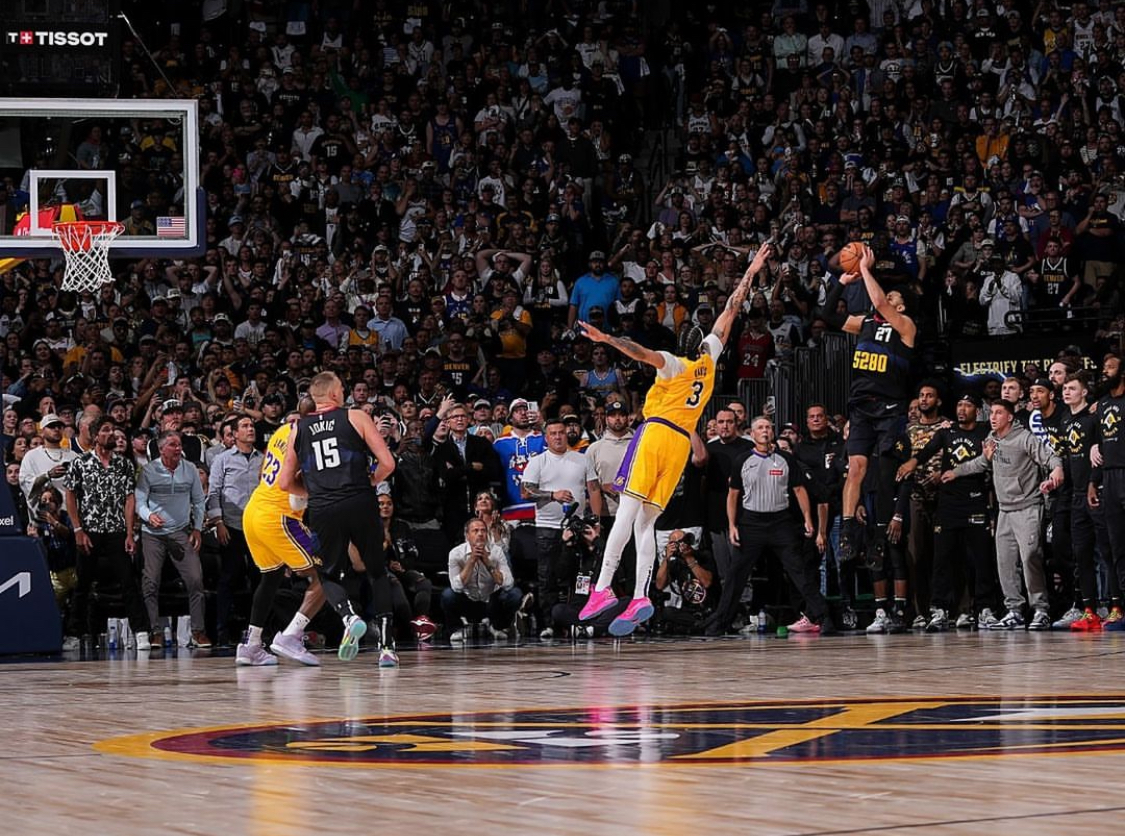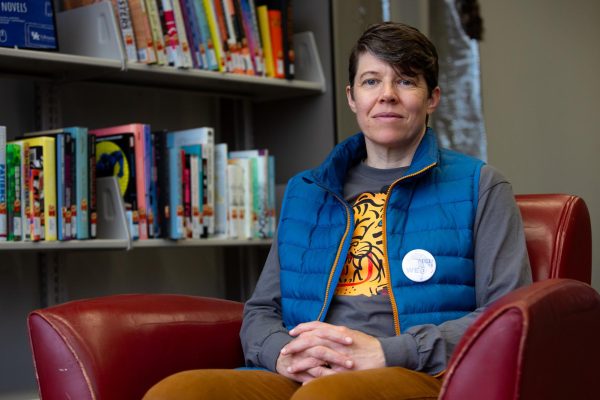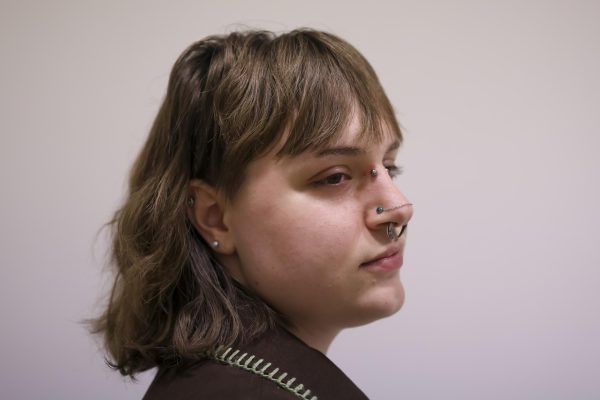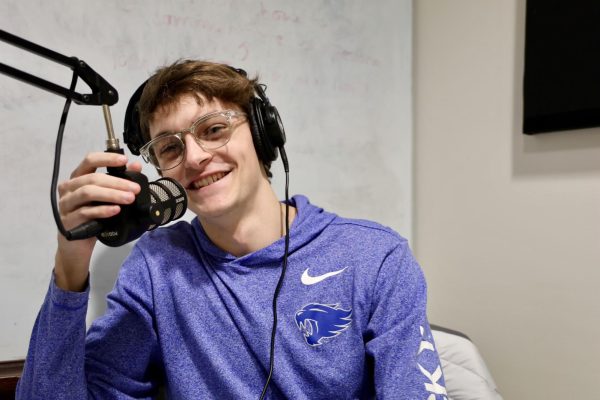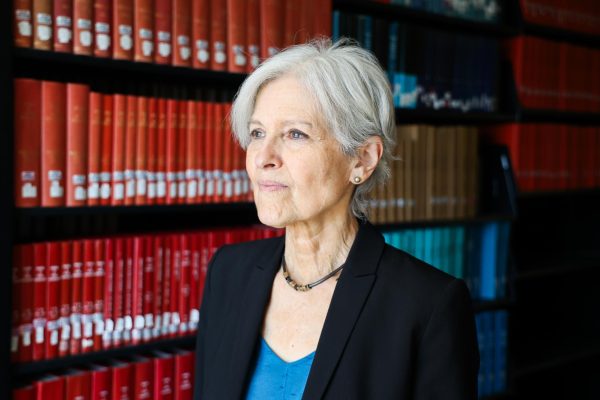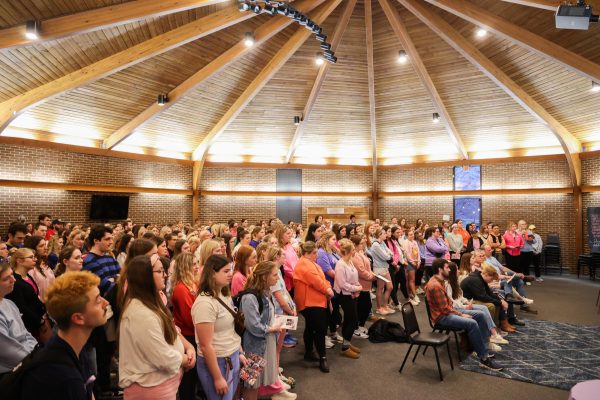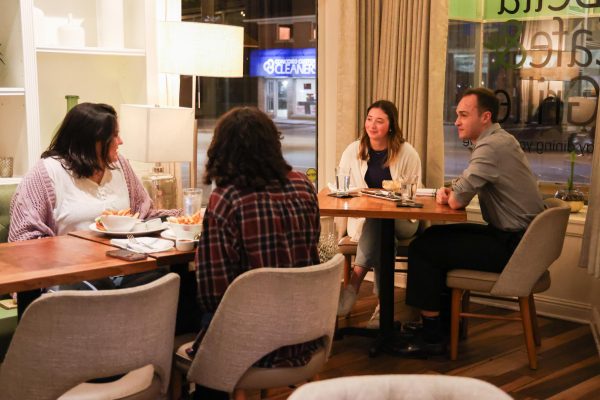Turning concepts into art on the dance floor
December 14, 2015
By Cheyene Miller
For UK adjunct dance professor Stephanie Harris, choreographing a dance routine is no different than turning a blank canvas into a masterpiece.
“It’s not unlike a painter or sculptor working with materials. Dance artists create work in very much the same way,” said Harris, explaining that she generally begins creating a routine with a concept and then works in the studio with her dancers to make that concept grow.
Now in her fourth year at UK and her 17th as a dance instructor, Harris has choreographed dances for four major UK Theatre productions and said her latest work will be finished this Friday.
Harris referred to dance as a “very conceptually based vocabulary.” She first discovered her love of dance when she was 8 years old, studying classical ballet and later taking an interest in modern dance.
“It is a codified form of dance training, and it has a very long history,” said Harris, describing modern dance as something one would see in a concert setting.
Her class size usually consists of about 25 students, and she has taught about 200 students in her four years at UK.
In addition to instructing and choreographing dance at UK, Harris is also the executive director of the Lexington Art League.
Of all the influential and experienced dancers she has worked with, Harris said Kent State dance instructor Darwin Prioleau influenced her more than anyone.
Prioleau “demanded a lot of discipline,” according to Harris, who said she uses a lot of the same mannerisms when teaching as Prioleau, who taught Harris about the Lester Horton Technique, one of the major founding techniques of modern dance which is very technically based and focuses on strengthening and elongating the body.
“She for me was really one of the most instrumental teachers that I had,” Harris said. “When I’m teaching I often think about the things that I learned from her, and the kind of teacher that I want to be is really modeled a lot of things I learned from her.”
As far as her own teaching style goes, Harris said she likes to mix a proper balance of nurturing and challenging.
Harris does all the movements along with her students to serve as a physical model for them to replicate and absorb the motions.
She said she selects the music accompanying the dance after the dance has been fully developed, letting all the pieces of her artwork come together.
“I really let the work present itself fully before I consider what kind of music might accompany it,” Harris said. “For me it’s really all about process and discovering authentic movement and … a language I want to speak through to convey something to the audience.”






































